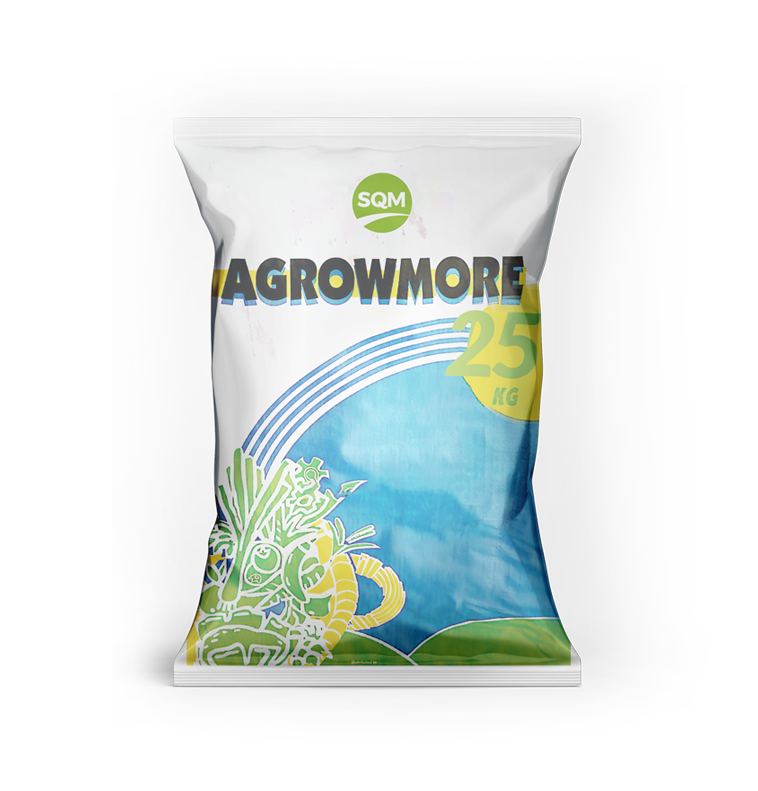- Phosphorus is similar to nitrogen in terms of its importance to plants. However, it is found in plant tissues in smaller quantities compared to nitrogen and potassium. Plants absorb this element to fulfill their needs for various vital processes such as photosynthesis, formation of cell membranes, cell division, seed formation, regulation of cellular processes, and transfer of genetic traits. Phosphorus also plays a key role in the formation of energy molecules. Despite the soil content of phosphorus being significant, growing plants may suffer from phosphorus deficiency due to the presence of phosphorus in non-plant-friendly compounds.
- This fertilizer has a high solubility compared to other high-phosphorus fertilizers, as all elements are completely soluble in water. It also contains a mixture of essential trace nutrients.
- It can be used as a foliar spray or applied directly to the soil. It is also suitable for use with drip irrigation and axial irrigation systems.
- The benefits of using this fertilizer include promoting early maturity and increasing crop production, leading to higher yields. It is a safe fertilizer free from sodium, chlorides, sulfates, and heavy elements, making it easy to handle.
- It can be used on all types of crops, starting from the initial stages of growth. It encourages root growth and spread, which is crucial for grain crops in terms of seed formation and pod development.
Technical information
| Chemical Composition | Percentage |
|---|---|
| Nitrogen (N%) | 10.0% |
| Phosphorus (P2O5) | 52.0% |
| Potassium (K2O) | 10.0% |
| Trace elements mixture | Iron, Manganese, Zinc, Copper, Boron, Molybdenum |
Features:
- It is a highly soluble fertilizer compared to other high-phosphorus fertilizers, as all the elements are completely soluble in water at a rate of 100%. Additionally, it contains a mixture of trace nutrients.
- It can be applied as a foliar spray or added directly to the soil. It can also be applied through drip irrigation, pivot irrigation, and sprayers.
- It promotes early maturity and increases yield, resulting in higher productivity.
- It is a safe fertilizer free from sodium, chlorides, sulfates, and heavy elements. It is also easy to handle.
- It can be used on all types of crops, starting from the early growth stages. It encourages root growth and spread, and it is essential for grain crops as it plays a key role in seed formation and kernel filling.
Application Method and Rates:
- Vegetables: Apply through drip irrigation into the soil at a rate of 15-20 kg per acre weekly, depending on the growth stage and crop type.
- Fruit trees: Apply through drip irrigation at a rate of 1.5-2 kg per tree during the growing season.
